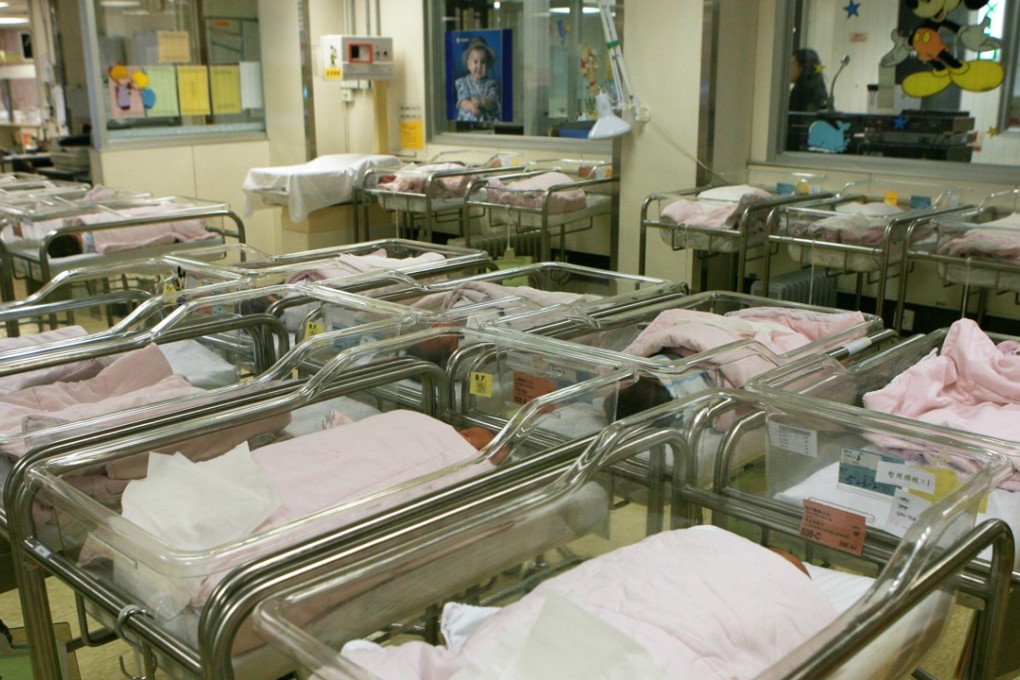Why Malaysia wants to help Chinese couples have babies
Malaysia looks to build up its reputation as a fertility hub and hopes China will look to its high success rates with in vitro fertilisation

By Khairie Hisyam Aliman
The Malaysian medical tourism industry’s revenue broke through the RM1 billion (US$255.4) mark for the first time in 2016. By 2020, the national target is to double that.
It may seem ambitious, but the Malaysian Healthcare Travel Council (MHTC) is confident of achieving that figure. The market in its sights? China.
After China scrapped its one-child policy in October 2015, the council estimates there are around 90 million couples in China looking to conceive a second child. Out of these, 40 million are over 40 years of age, it added.
Capturing a mere one per cent of that market could boost the local medical travel sector considerably — healthcare travel arrivals to Malaysia was just below one million in 2016.
MHTC chief executive officer Sherene Azli said that market size presents opportunities for assisted reproductive technology where Malaysia has a competitive edge.
“For example, our in vitro fertilisation (IVF) treatment success rate is actually among the highest in the world at about 66 per cent compared with the world average of 50 per cent,” she told The Edge Financial Daily in an interview.
